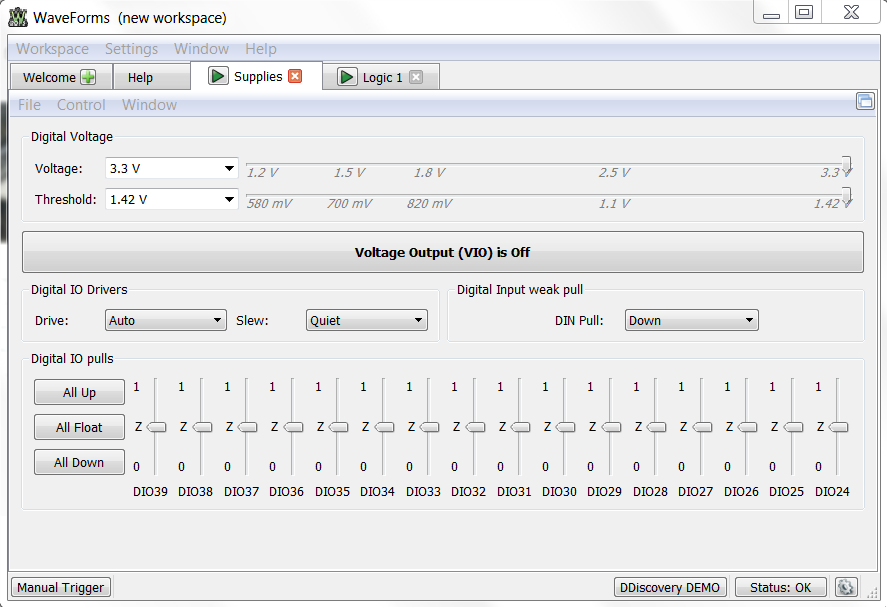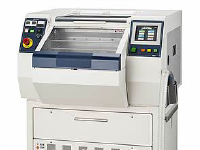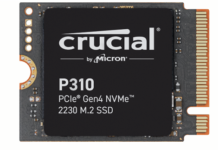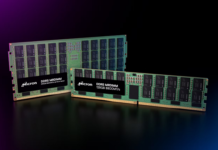
Digital Discovery is a crucial add-on if you have been using Analog Discovery 2, but its sampling rate was insufficient, there were not enough digital channels available, or there was too much noise to read data sent at higher speeds.
What should you know about Digital Discovery?
Digital Discovery is only equipped with tools for operating on digital signals – a logic analyser, a logic signal generator, and a protocol analyser. It is capable of testing a set state of inputs/outputs (static mode). It also enables digital signal sequencing with a script editor. It has a built-in power adaptor. Hence, Digital Discovery offers more channels, faster sampling rate, and additional optimisation options to suit your needs.
How does the Digital Discovery’s logic analyser work?
Digital Discovery’s logic analyser uses fast inputs, which means that with 32 channels it can reach a sampling rate of 200 MS/s, with 16 channels it increases to 400 MS/s, and with 8 channels it reaches 800 MS/s. That is respectively two/four/eight times higher sampling rate than the one offered by Analog Discovery 2, which only has half as many digital channels available!
How many input and output channels does Digital Discovery have?
Digital Discovery’s logic analyser has 24 digital channels defined as input channels. Another sixteen channels are digital output channels. In comparison, Analog Discovery 2 only has 16 digital channels, shared between its logic analyser and logic signal generator.
What’s more, Digital Discovery’s inputs and outputs are configurable to a certain extent. Namely, the power adaptor (besides supplying power) lets you configure the digital inputs’ and outputs’ specifications, adjusting them to the system being tested.
What possibilities does Digital Discovery give you?
- You can set the voltage level defining a high logic state and its active threshold (pick from five levels);
- You can set the current levels for each output or leave them on auto;
- You can change the input signal rise time.
The aforementioned features make Digital Discovery an excellent tool for embedded system development.

In conclusion, Digital Discovery is perfect for applications requiring flexibility in setting logic level thresholds, fast communication speeds (such as transmitting video signals), or simultaneously analysing up to 32 digital channels. More information can be found at Transfer Multisort Elektronik’s website (www.tme.eu).


















